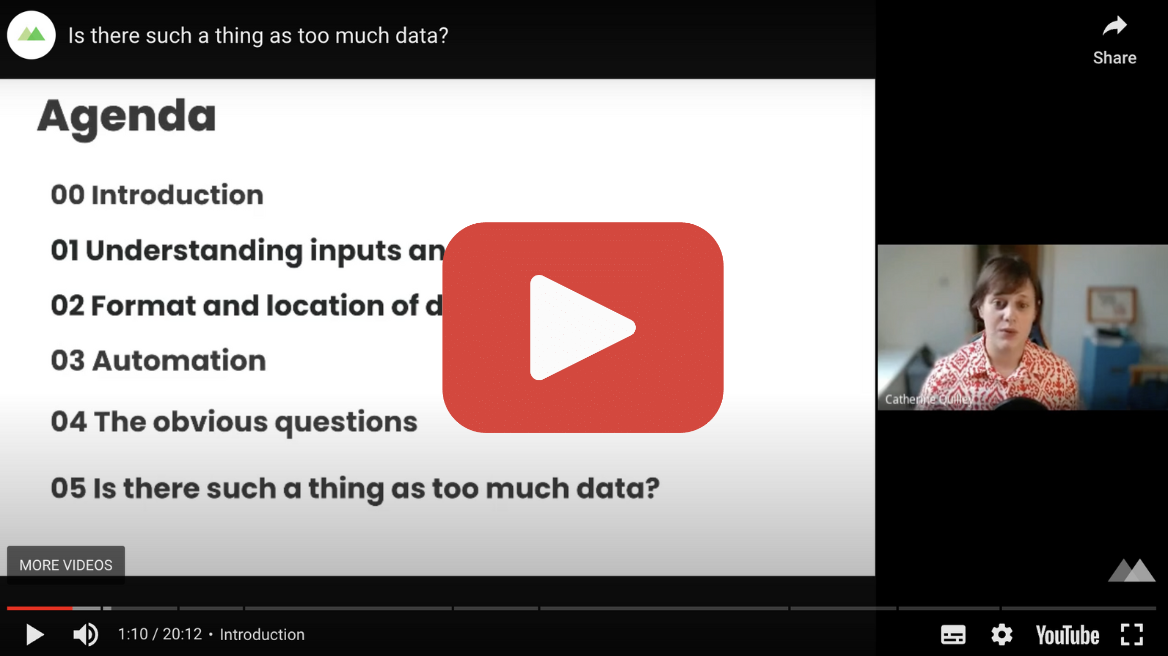About this event
Having a wealth of data can seem overwhelming – especially when you don’t know where to begin, and the wide range of data platforms and tools available.
In this talk, Catherine will share how to break down data to make it useful, insightful and accessible. She’ll also explore challenges in managing and harnessing the power of data, including data platforms, sources, catalogues, formats and storage.
There’s a lot of public-sector knowledge about data locked away inside different organisations. And much like data itself, we want to open it up. This webinar is part of The Pipeline, a collection of talks by our data community breaking down data concepts, exploring data challenges and sharing the lessons we’ve learned from our years in the public sector.
Got a tricky data question you’re struggling to find the answer to? Tune in as Catherine and other speakers answer questions to your top data questions.
Date
Wednesday, 8 November 2023





